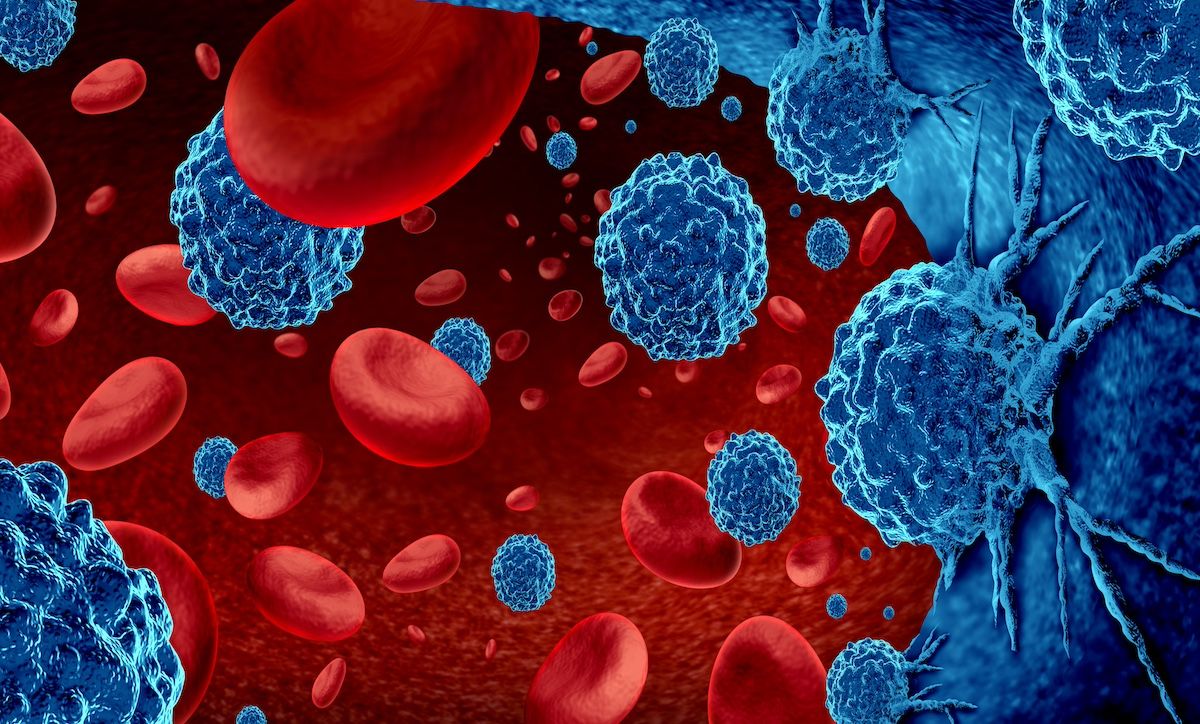- Center on Health Equity & Access
- Clinical
- Health Care Cost
- Health Care Delivery
- Insurance
- Policy
- Technology
- Value-Based Care
Two Leukemia Stem Cell Subtypes Identified
Researchers have discovered 2 leukemia stem cell subtypes with distinct epigenetic and transcriptional signatures.
Two leukemia stem cell (LSC) subtypes have been reported by researchers who used single cell multiomics to analyze functional in vitro and xenograft assays, according to a study published in Leukemia, a journal of Nature.1 Multiomics combines fields such as genomics, epigenomics, transcriptomics, proteomics, and metabolomics, according to the National Institutes of Health.2
“Our study sets the stage to unlock new insights into the mechanisms governing stemness in leukemia and beyond. It also provides a framework to explore LSC subtypes and their specific drug sensitivities enabling a better design of combinatorial therapies to eradicate the entire pool of LSC that might be present in a given patient,” the authors wrote.
The 2 subtypes were differentially resistant to cytarabine, a common AML drug. | Image Credit: © freshidea - stock.adobe.com

Each LSC subtype was found to possess functional properties that included differences in level of quiescence and repopulation capacity. These abilities were retained through serial transplantation established their stem cell identity, according to the study. The 2 subtypes were found to be distinct stem cell entities and not a result of stochastic cell cycle fluctuations within a homogenous LSC population.
Most acute myeloid leukemia (AML) patient samples belonged to one of the LSC subtypes. Some showed coexistence within an individual sample.
The 2 subtypes were differentially resistant to cytarabine, a common AML drug. The findings may help define differences between LSC resistant vs LSC sensitive to chemotherapies, the authors stated.
“Our findings complement studies showing the existence of genetic subclones across primary AML samples, as we have also recently demonstrated for the OCI-AML22 model, thereby bringing additional insight into LSC properties at the transcriptomic and epigenetic level,” the authors wrote. “The identification of two novel functional LSC subsets in AML that differ at the transcriptomic and epigenetic level is of particular interest as it is widely considered that transcriptional and epigenetic features are more amenable to pharmacological perturbation than mutationally-driven alterations.”
Researchers performed single cell multiome analysis on 7,160 cells isolated from the LSC-enriched CD34 + CD38- fraction. Most of the cells had been enriched for stem cell programs when mapped onto a single cell transcriptomic map of stem and progenitor populations from healthy human bone marrow.
A cohort of 73 AML patient samples were sorted based on CD34 and CD38 expression, in which each fraction was functionally assessed for ability to engraft NSG mice. Single cell assays captured distinct colony forming and differentiation potentials within the CD34+CD38- OCI-AML22 fraction.
Xenotransplantation assays revealed the existence of LSC with distinct repopulation kinetics and differentiation potentials, and each LSC subtype was found to preserve its differentiation potentials through serial repopulation and was associated with differential sensitivity to chemotherapy.
Finally, researchers injected CD112-high and CD112-low fractions sorted from OCI-AML22 cells into NSG mice to demonstrate the link between CD112 expression, cell cycle state, and repopulation ability of the 2 identified LSC subtypes. Both fractions were found to be able to engraft mice. But CD112 low cells gave rise to smaller grafts compared with CD112 high cells and presented a phenotype similar to the 2 LSC outputs discovered in the in vitro and in vivo studies. A single mouse transplanted with CD112-low cells showed engraftment over 20%.
“We envision that the OCI-AML22 model, combined with the potential to derive genetic sublines or increase clonal diversity via CRISPR editing and lentiviral technologies, will serve as a platform for interrogating inter- and intra-patient LSC heterogeneity and extracting shared intrinsic and even clone-dependent LSC vulnerabilities,” the authors wrote.
References
- Boutzen H, Murison A, Oriecuia A, et al. Identification of leukemia stem cell subsets with distinct transcriptional, epigenetic and functional properties. Leukemia. Published online August 21, 2024. doi:10.1038/s41375-024-02358-9
- NIH awards $50.3 million for “multi-omics” research on human health and disease. NIH. Accessed August 28, 2024. https://www.nih.gov/news-events/news-releases/nih-awards-503-million-multi-omics-research-human-health-disease
